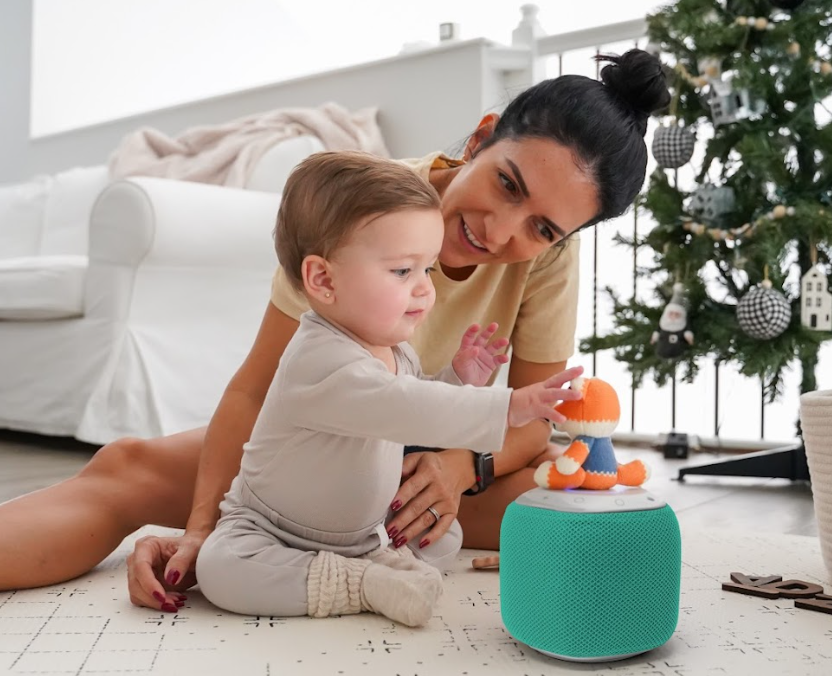Sight words play a crucial role in early literacy and reading development. These are commonly used words that children need to recognize and read by sight, rather than sounding them out phonetically. By incorporating engaging and interactive activities into sight word practice, children can enhance their reading skills while having fun. Here are ten exciting ways to make sight word practice an enjoyable experience for young learners!
- Sight Word Scavenger Hunt - Transform sight word practice into an adventure by organizing a scavenger hunt. Write various sight words on colorful cards and hide them around the house. Give your child a list of words to find, and watch them explore eagerly as they recognize and collect the sight word cards.
- Sensory Sight Word Tracing - Engage the senses by creating a sensory tray filled with salt, sand, or shaving cream. Write sight words on index cards and place them in the tray. Children can then trace the words with their fingers or even use a small paintbrush to write them, immersing themselves in a tactile and multisensory learning experience. Learn more about the benefits of tracing here!
- Musical Chairs - Turn sight word practice into a game of musical chairs. Write different sight words on several pieces of paper and place them on the chairs in a circle. Play music and have your child and others in your household walk around the chairs. When the music stops, they sit on the nearest chair and read the sight word. This lively activity combines movement, music, and literacy to make learning fun!
- Sight Word Bingo - Create personalized sight word bingo cards by randomly arranging different sight words. Give each child (or family member) a card and call out words. They must locate and cover the corresponding word on their card. This classic game adds an element of competition while reinforcing sight word recognition.
- Sight Word Puzzles - Design puzzles using sight words by writing each word on an index card and cutting it into jigsaw pieces. Your little one will then have to assemble the puzzle by reading and connecting the correct sight word pieces. This puzzle-solving activity enhances cognitive skills and encourages visual recognition of sight words.
- Word Building with Playdough - Combine creativity and literacy by using playdough to build sight words. Provide children with playdough and letter cutouts or stamps. They can roll the dough into letters and assemble them to form different sight words. Manipulating playdough while constructing words makes learning hands-on and enjoyable!
- Sight Word Hopscotch - Create a sight word hopscotch grid using chalk outdoors or masking tape indoors. Write different sight words in each square. Children take turns tossing a small object onto the grid and then hop to the sight word it lands on, saying the word aloud. This active game helps reinforce sight word recognition while improving gross motor skills.
- Sight Word Charades - Encourage dramatic play by incorporating sight words into a game of charades. Write various sight words on cards, and your child chooses a card and acts out the word without speaking. Everyone else must guess the word based on the actions, reinforcing both reading and comprehension skills.
- Sight Word Relay Race - Divide children and/or family members into teams and set up a relay race using sight words. Write a set of sight words on index cards and place them at a distance from the starting line. Each person, in turn, races to the sight word cards, reads one aloud, and races back to tag the next team member. This fast-paced activity promotes sight word fluency and teamwork.
- Sight Word Memory Game - Create a sight word memory game by writing each sight word on two matching index cards. Shuffle the cards and place them face down. Children take turns flipping two cards at a time, trying to find matching pairs. As they flip the cards, they read the sight words aloud, reinforcing recognition and memory skills
Conclusion
Making sight word practice fun is an essential aspect of developing this very important literacy skill. By incorporating enjoyable activities, games, and interactive methods into sight word practice, children are more likely to engage and retain the information they learn. Fun-based approaches not only make learning a pleasurable experience, but they also help create positive associations with reading and language, fostering a lifelong love for literacy. By recognizing the importance of making sight word practice enjoyable, educators and parents can empower children to become confident readers who are equipped with a solid foundation in language and communication.








